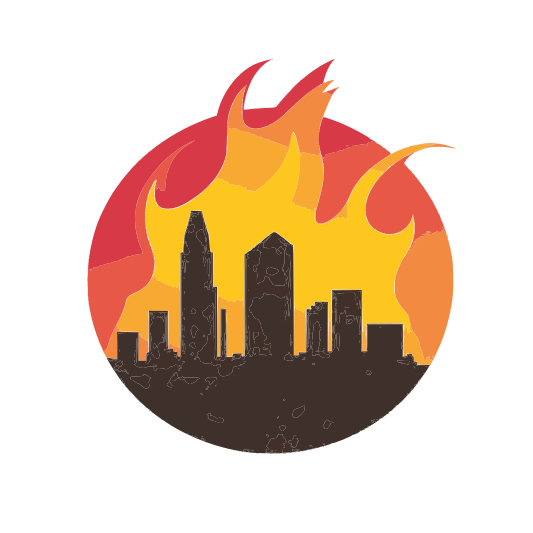🔥 San Diego High Fire Zones
This FAQ was created from the San Diego Firesafe Councils forum.
🔍 What are Fire Hazard Severity Zones (FHSZ)?
FHSZs are areas identified by CAL FIRE based on the likelihood of wildfire occurring and spreading. They are categorized as Moderate, High, or Very High hazard zones based on vegetation, terrain, weather, and fire history.
🧭 Who creates the maps?
The maps are produced by the Office of the State Fire Marshal. Cities and counties must adopt them but can only make local additions (not reductions) based on detailed local risks.
🏙️ What is the Local Responsibility Area (LRA) vs. State Responsibility Area (SRA)?
- LRA: Managed by cities and counties (e.g., City of San Diego)
- SRA: Managed by CAL FIRE
Both now include Moderate, High, and Very High zones, though regulations differ between them.
🧱 What does it mean if my property is in a hazard zone?
You may be subject to:
- Defensible space maintenance
- Wildfire-resistant (7A) building codes
- Real estate disclosure laws
- Land use planning requirements
🛠️ Can the City of San Diego change the maps?
The City may add areas to the fire hazard zones, but it cannot reduce or remove them once designated by the State.
🗺️ Why are the new maps different from the 2009 version?
The 2025 draft shows fewer acres in the “Very High” category, as areas are now also labeled “High” or “Moderate.” San Diego plans to reclassify all fire-prone areas as Very High to ensure consistent safety rules.
📆 What is the City’s timeline for adopting the maps?
- March 24, 2025: Maps received from State
- Spring/Summer 2025: Public comment & revisions
- Summer 2025: City Council review and vote
- ~July 30, 2025: Maps expected to take effect
📈 Why reclassify all zones as Very High?
To simplify enforcement and ensure consistent protection for homes near canyons and high-risk areas across San Diego.
🚫 Are encampment fires considered a hazard?
No, they are a risk, not a hazard under state law. However, the City is actively mitigating risks through encampment clearing and vegetation control.
🧯 What about existing neighborhoods with one way in/out?
These are being mapped and tracked. The City is pursuing grant funding and working with planning departments to improve safety and evacuation options.
🏘️ Do ADUs and infill development increase fire risk?
Yes. The City is reviewing its ADU policies and considering code updates to ensure access and fire mitigation are considered in high-risk areas.
💧 Do hydrant spacing rules change with density?
Yes. Fire flow requirements and hydrant spacing vary by zoning (e.g., residential vs. multifamily). The City and public utilities collaborate on ensuring adequate infrastructure.
🔧 What is Zone Zero and is it required?
Zone Zero refers to the first 5 feet around a building. It’s not required yet in San Diego but will likely be adopted January 1, 2026 as part of the State’s Wildland Urban Interface Code.
💰 Will being in a fire zone affect my insurance?
Possibly. Insurers use private risk models that may consider—but don’t rely solely on—FHSZ maps. Fire safety improvements can help reduce your risk profile.
🧑🤝🧑 How can I support fire safety in my neighborhood?
- Submit comments on the draft fire maps
- Contact your City Council member
- Join or start a local Fire Safe Council
- Speak at public hearings when dates are announced
🗺️ Where can I view the maps?
Visit the City of San Diego Fire-Rescue Department’s official website or KensingtonFireSafe.org for the most recent maps and updates.
